On Seeing: A Journal – #251

I have recently begun a project collaborating with dancers from the Alvin Ailey American Dance Theater to make a visual study of what can be called “new,” modern, or postmodern dance.
Much dance photography, including quite a lot of my own, has been informed by the style and look of classical ballet – long, graceful lines and languid movement flowing lightly and so effortlessly that dancers seem almost to lack physicality (despite the fact that trained professional dancers are fantastic athletes as well as artists).
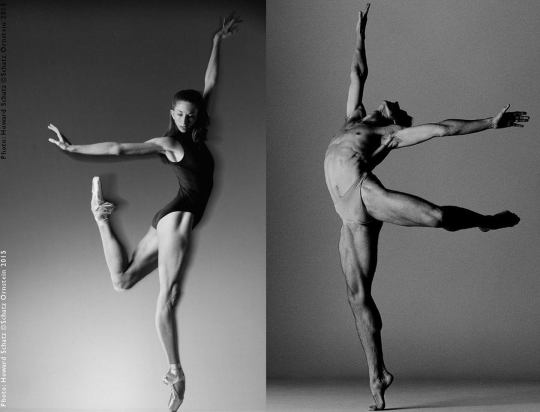
Dana Hansen of the New York City Ballet, and Yuri Possokhov, San Francisco Ballet, are exemplars of classical ballet dancers. See the “lines.“
A parallel world of dance has evolved for many decades, generally called “modern dance,” that not only changes the way dancers perform but also creates new challenges to the making of photographs. Though requiring the same disciplined training as ballet, “New” dance looks more athletic and powerful, and the movements, at times, can appear contorted, distorted, even bizarre—but oh so thrilling. Performances of great modern companies are often so brilliantly inventive and energetic that I’ve come to find the choreography of George Balanchine and his contemporaries from the 50’s and 60’s conventional, sedate, even boring, not worth the considerable expense of attending the “classics.” Frankly, the “story” ballets such as Romeo and Juliet, La Jeune Fille Mal Gardée, Sleeping Beauty, and even Swan Lake, where dancers stand around “talking” with each other (as the stars perform solos and pas de deux) as part of the theatrical setting, are just too staid—I don’t go anymore, no matter who the stars are on any given evening.
Each December, The Alvin Ailey American Dance Theater spends the entire month at the City Center Theater in New York. Though the now well-known pieces created by the company’s founder, Alvin Ailey himself, aren’t as dull as the Balanchine choreography, they are decades old now. And, to my taste, tired. The current “new modern” Ailey repertoire is exciting, stupendous, thrilling.
For me, “New Dance” is everything that both classic and traditional modern dance no longer are: Vital, athletic, audacious, unique. There are times when the performances are so compelling, full of life, beautifully expressive and astonishing that you feel the energy from the stage will burst the walls off the theater.
There are a number of modern choreographers including Gustavo Ramirez Sansano, Jamar Roberts, Kyle Abraham, Ronald K. Brown, (and, though he’s now longer with us, the work of Ulysses Dove is still amazing and new each time it’s revived) who have created stunningly phenomenal works. Robert Battle, the artistic director of the Alvin Ailey American Dance Theater, has injected new energy into that venerable company’s repertoire. In Battle’s pieces you feel the dancers are working so hard and non-stop that they might collapse by the time the piece ends. No dancer is ever on stage not moving, doing nothing, standing around. The movement to pounding rhythms is powerful because not only does it go on and on, more and more forcefully, but new imaginative phrases explode forth, bursting with surprise.
The audiences after Balanchine ballets tend to applaud politely. Audiences after a Battle piece stand up cheering, often with such grateful enthusiasm for the performers that they do not let them leave the stage; the uninterrupted applause seems to go on and on and on..
Last December we saw a new piece performed by the Ailey company, “Victoria,” choreographed by Gustavo Ramirez Sansano. It moved me so much that I have made it the foundation of my new exploration of truly modern modern dance.
A few weeks ago two men from the Ailey company, Jeroboam Bozeman and Michael Jackson, Jr., came to the studio to work with me so that we, together, could create photographs informed by this new piece. Each of them, beautifully talented and focused dancers, did wonderfully. I, however, feel I need to push myself further into the realm of “surprise and delight,” or, better yet, pure astonishment, in order to do justice to this startling new approach to dance. I will work at it.
Here are some of our mutual (and initial) efforts.
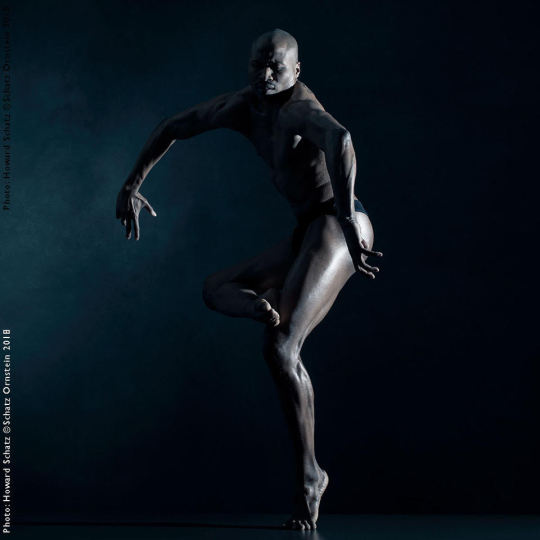
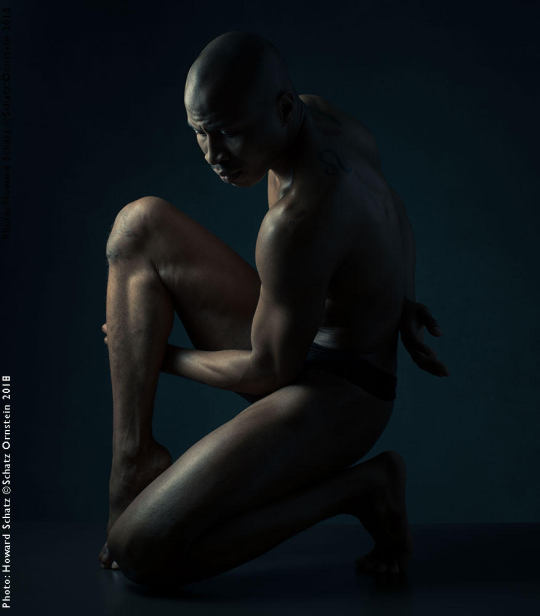
Jerobam Bozeman

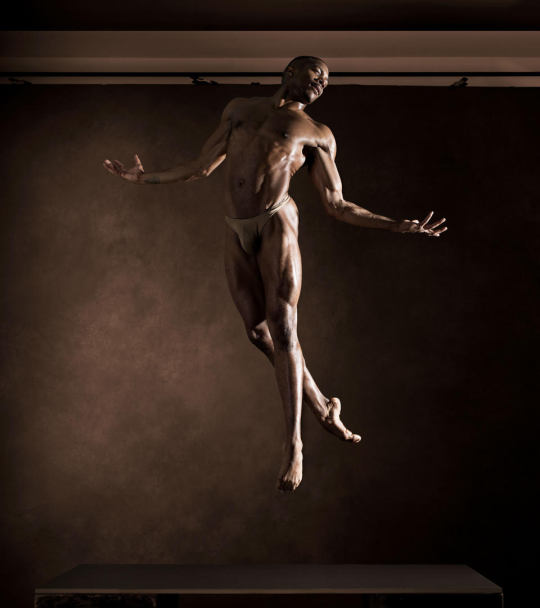
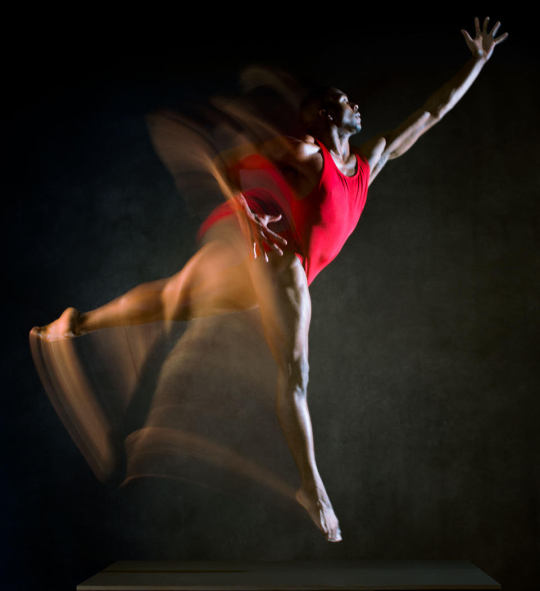

Michael Jackson, Jr
My desire is to have them, as well as a number of others (men and women) from their company, return so that we can continue to explore and search for wonder, magic and impact.
